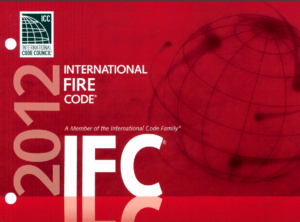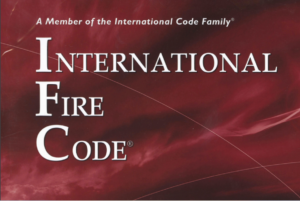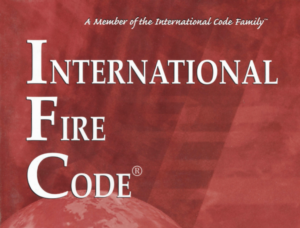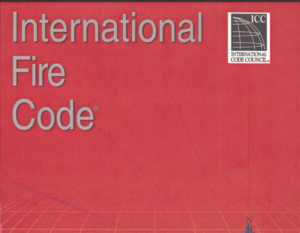The 2002 edition of NFPA 10, Standard for Portable Fire Extinguishers, was issued by the National Fire Protection Association (NFPA) to govern the selection, installation, inspection, maintenance, and testing of portable fire extinguishers. This edition, which builds on a standard first adopted in 1921, emphasizes portable extinguishers as a primary response tool for controlling small fires, even in locations equipped with comprehensive fire protection systems like sprinklers or fixed suppression systems.
Key provisions include detailed guidelines for the placement, use, and maintenance of extinguishers to ensure they are effective in emergencies. The standard categorizes fires by class (A, B, C, D, and K), each requiring specific types of extinguishers. It also specifies that extinguishers must be readily accessible, not obscured from view, and located near escape routes.
Additionally, NFPA 10 mandates that extinguishers be regularly inspected to confirm they are in working order and have not passed their expiration dates. Fire extinguishers must meet specific performance and fire test standards, which include compatibility with the class of fire they are intended to combat without conducting electricity, particularly for Class C fires.
The 2002 revisions continue to evolve the guidelines for fire extinguisher use in various environments, ensuring that they are a viable first line of defense against fires, reflecting ongoing advancements in fire safety technology and the integration of new fire suppression agents and methodologies.






